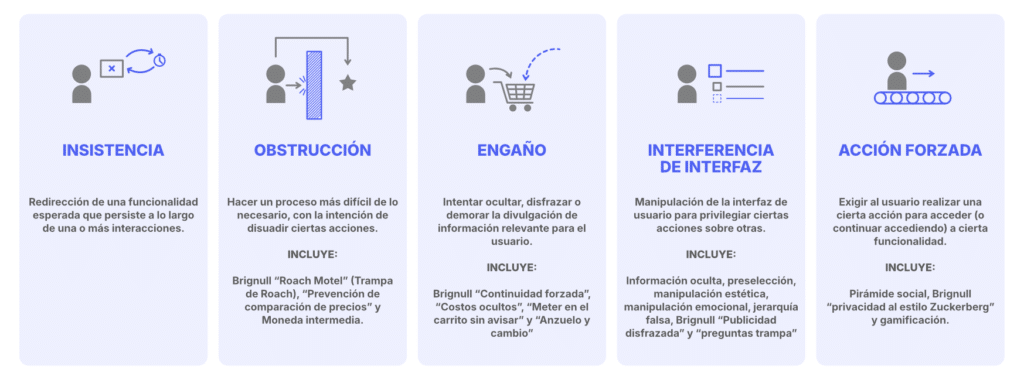In the world of UX design, the focus should always be on improving the user experience—making it clear, direct, and accessible. However, there are practices that go against these principles and, although they may seem effective in the short term, they can seriously harm how users perceive your brand. These are known as dark patterns in UX.
What are dark patterns in UX?
The Dark Patterns are deceptive design techniques used to manipulate user behavior. They aim to get users to take actions they might not take if all options and information were presented clearly—for example, signing up without realizing it, purchasing unwanted products, or sharing more data than necessary.
These are unethical UX practices that exploit distraction, urgency, or cognitive biases to boost conversions. But even if they appear effective, the long-term cost is high: they break user trust and damage brand reputation.

Why is it important to avoid them?
Avoiding dark patterns UX isn’t just an ethical issue. Today’s users value transparency and honesty. Plus:
- Google penalizes misleading sites.
- Laws like the GDPR in Europe and data protection laws in Latin America, prohibit manipulative practices.
- User-centered design builds more loyalty than pressure-based design.
That’s why using honest, user-friendly UX is essential for sustainable growth—whether on a website or app.
Common examples of dark patterns:
Here are some of the most frequent dark patterns you should avoid if you want to create a better user experience:
1. Hard-to-cancel subscriptions.
It’s easy to subscribe, but nearly impossible to unsubscribe. Think endless forms, hidden buttons, or needing to call someone just to cancel.
2. Pre-checked boxes.
Extra services like insurance, donations, or add-ons selected by default during checkout—ones the user didn’t explicitly choose.
3. Fake urgency.
Messages like “Only 2 items left!” or “Limited-time offer!” when in reality, the stock is high or the offer is always available.
4. Confirmshaming.
Using guilt to push action, like pop-ups saying “No, I don’t want to save money” or “I prefer to stay broke” when trying to close them.
5. Hidden costs.
Showing a tempting price that increases in the final step with surprise fees, shipping, or taxes.
6. Endless loops.
Trying to delete an account and being endlessly redirected between pages without ever seeing the actual “Delete account” button.
Best practices for ethical UX:
- Transparency in choices: Users should always know what they’re agreeing to.
- Accessible design: No hiding buttons or creating confusing navigation.
- Clear communication: Avoid fine print or misleading terms
- No fake pressure: If something is time-limited, make sure it really is.
- Easy opt-out: Leaving should be just as simple as joining.
How does this affect SEO?
From an SEO perspective, dark patterns can:
- Increase bounce rate.
- Reduce time spent on site.
- Lead to negative reviews that damage online reputation.
- Be flagged as webspam under Google’s quality guidelines.
That means honest , transparent design isn’t just good for users—it also boosts your search engine rankings.
At Lab9 , we design ethical and effective interfaces. 👉 👉 Let's talk and optimize your site with real strategies that prioritize users and improve your ranking on Google.
